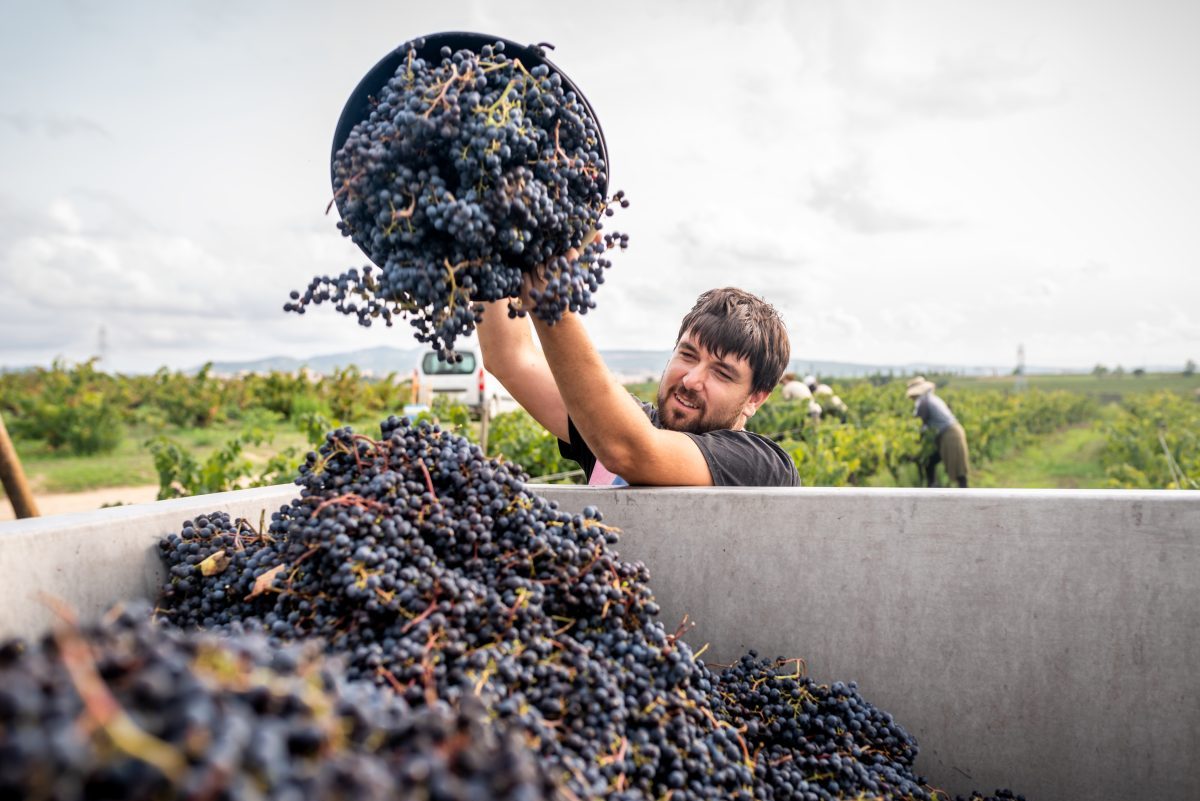Rabobank’s latest report points to an oversupply of Australian wine, which AGW says shows industry needs to keep working on new markets.
The report states that even an early removal of China’s anti-dumping tariffs would not be enough to ease oversupply. Rabobank says that even in a best case scenario, with tariffs removed this year and Chinese consumption of Australian wine recovering quickly, this would “not be a panacea” with Australia’s wine industry still facing at least two years to work through its current wine surplus.
AGW’s CEO Lee McLean explained to The Shout, why a lifting of tariffs would not be a quick fix.
“The Rabobank report released yesterday is not surprising. It sets out the challenges facing Australian grape growers and winemakers, and in particular, those in regions like the Riverland, Murray Valley and the Riverina who are experiencing such acute stress at the moment.
“We are hopeful that we will see a re-opening of the China market in time, but we also recognise that the market will be different,” he said. “In short – while a return to the China market would be a significant help, we are highly unlikely to return to the $1.2 billion in exports any time soon.
“This means industry and government need to keep working together to grow new export opportunities across a diverse range of markets.”
Report author RaboResearch associate analyst Pia Piggott, said that the current oversupply is so large Australia has the equivalent of 859 olympic swimming pools worth of wine in storage.
“That’s over two billion litres of wine, or over 2.8 billion bottles of the wine,” she said.
Piggott said with the tariffs coinciding with significant growth in Australian production and logistics bottlenecks from COVID, the Australian wine industry is now dealing with inventory oversupply which is depressing prices – particularly for commercial red varieties.
China’s love of Australian wine grew in the late 2010s, and with the China-Australia Free Trade Agreement in 2015, the tariff the tariff on Australian wine reduced from 14 per cent to zero per cent over the next four years, helping to double Australia’s market share in China from 12 per cent to 24 per cent.
But the anti-dumping tariffs imposed in 2020 saw a big hit for Australian wine with export volumes hit massively.
“Unluckily, the tariff coincided with an exceptional growing season,” Piggott said, “and Australia’s largest crush on record. Wine production for the ’21 vintage increased 36 per cent year on year, which would have in any case caused an oversupply.
“This coincided with COVID, logistics bottlenecks and inflation which were major hurdles in the way of plans to grow and diversify exports. Thus, two plus years into the tariff, prices of Australian commercial red grapes have significantly declined, and oversupply issues remain,” she said.
Rabobank projects that China’s consumption has reached the bottom in 2022, and while there is considerable uncertainty, there is upside potential for growth in imports as on-trade premises reopen and the urban middle class have more disposable income to spend wining and dining.
“Positively, some Australian brands have maintained brand awareness and presence on retail shelves in China throughout the tariff period, by expanding their range of products from origins outside Australia,” Piggott said.
“And grey trade has also grown significantly over the tariff period, reflecting that to some extent product substitution has not been sufficient in the market. While Australia is price competitive, investment will be required to rebuild market share.”
The Rabobank report said the Australian wine market will remain in oversupply for a considerable length of time. “To return to balance and profitability, acreage needs to be reduced, thus over the next five years we will see rationalisation of assets throughout the supply chain,” it said.
Piggott said for vineyards, margin pressure from both ends will remain high for some time, particularly for uncontracted vineyards with a high mix of red varieties. “For wineries, particularly those selling commercial wine, stocks will remain high for some time as businesses slowly work through selling inventory. While some brands have increased bulk shipments and been able to heavily discount stock, this will need to continue for some time to rebalance the market,” she said.

